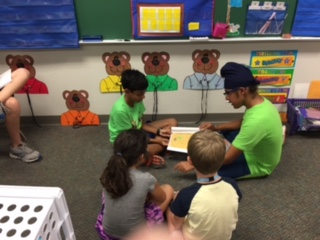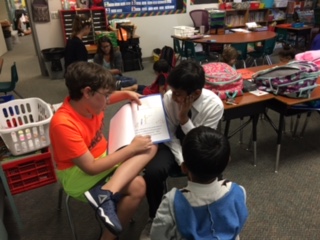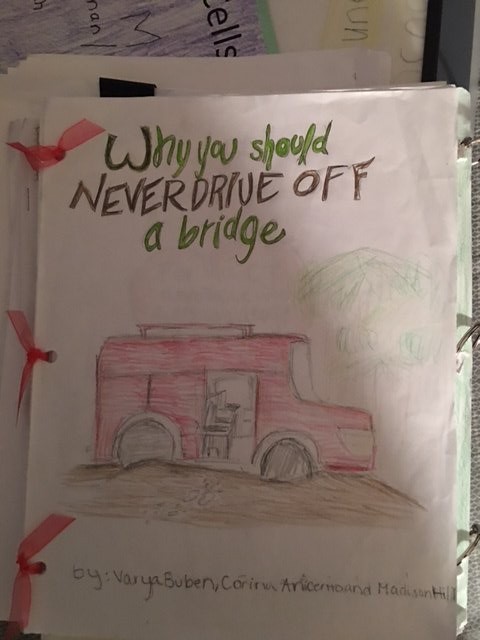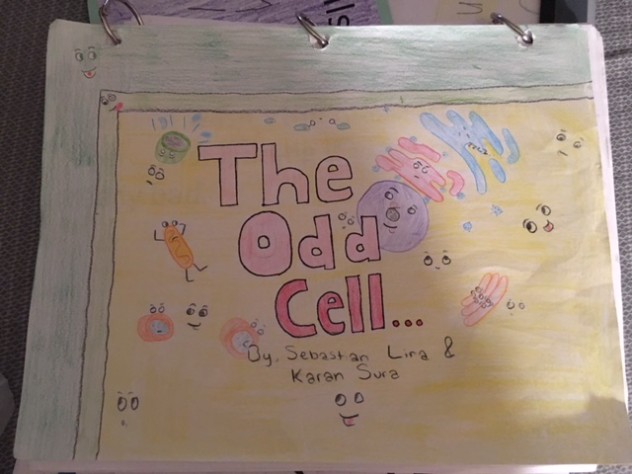By Melissa Chouinard-Jahant (MSEd)  @ChouinardJahant
@ChouinardJahant
The true sign of intelligence is not knowledge but imagination -Albert Einstein
Learning about cells can be challenging for many students because cells are microscopic and seemingly intangible. A few years ago while teaching cells I decided to do something different than teaching about the standard cell model or cell factory. I realized after many years of teaching that children love to learn from other children especially those a few years older than they are. So, with this realization I set about writing a new lesson plan for teaching about cells.
Integrating Science With Language Arts
I had my 7th graders write, illustrate, and share their knowledge of cells in a children’s book, that they then read to first grade students and donated to their class libraries. These books were the culminating activity after students were taught about the 2 main organizations of cells: prokaryotes and eukaryotes, plant and animal cells, and the structure and function of cell organelles. After the direct instruction was finished, videos watched, and labs completed, students created a book to share that included all of the information in the science unit.
Project Details
Students had ten entire class periods of 50 minutes for this Problem-Based Learning (PBL) activity. During class time they did their research, collaborated with a partner, wrote their stories and illustrated their books. Students had the option to color and design at home, but the writing was all done in class.
I introduced the PBL project using a video interview with the elementary school librarian. Many students remembered her and enjoyed her excitement! She spoke about what makes a good children’s book, how to illustrate a children’s book, and how to read a children’s book to a younger audience. Then I read several children’s books to my students including: Dr. Seuss, Where The Wild Things Are?, and, just for fun, Jerry Seinfeld’s Halloween.

As part of their work, my students created a storyboard of every page of their book that included images and text. They then typed their stories and physically assembled their books.
After the project was completed, 3-4 books from each class were chosen to be shared with younger students based on content and accuracy.
Students were graded based on the rubric below. Note: The rubric outlines means for differentiated instruction. For example, GT/PreAP students were required to include more organelles in their books. and were required to make a podcast or video of their books.
 Loading...
Loading...
Selected students then shared their books to very eager first graders. It was a very exciting day for both 7th and 1st graders alike. They received an evaluation from me, but true, lasting feedback came from the smiling faces of their audience.
Additional Resources
“Cell Group Contract” and “Know-Need to Know Planning Chart”
 Loading...
Loading...
 Loading...
Loading...
About The Author
Melissa Chounard-Jahant is a 7th Grade PreAP/GT and Academic Science Teacher at Beckendorff Junior High in Katy, Texas.



Such a fun way to access the content! Thank you for sharing the ideas and the blacklines as well!